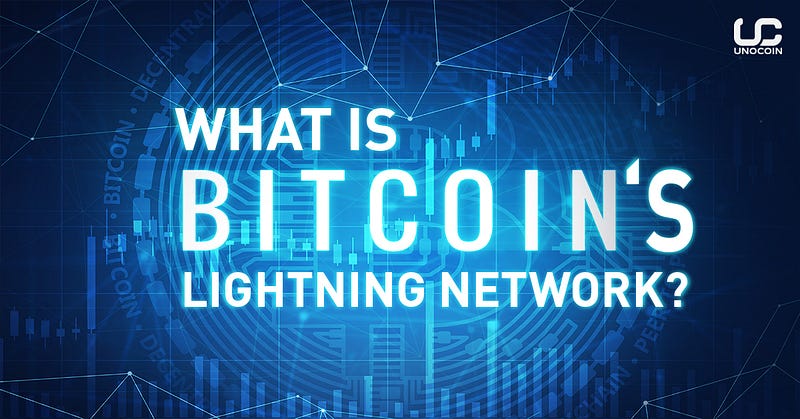
Bitcoin has become the most talked about asset last year after a stellar performance, with major press outlets across the world reporting on developments in the crypto asset domain now. Feted as a step forward in the evolution of money, Bitcoin has drawn attention from mainstream financial institutions and the masses right now, as people eagerly await the outcome of this revolutionary experiment and novel technology.
Though Bitcoin serves well as a store of value that’s immune to manipulation/tampering, it performs poorly as a transaction medium with high transaction fees. This precludes Bitcoin as a choice for small-time savers and people from countries like India where the dollar to the local currency exchange rate is very high. This has resulted in some crypto asset enthusiasts breaking away from Bitcoin and creating new variants with lower transaction fees, albeit at the cost of security.
Many novel solutions have been proposed to resolve the issue of high transaction costs. One such proposition called the Lightning network has gained much traction recently. It is set to launch soon amidst high expectations from the Bitcoin community. This proposal envisions the development of an add-on layer to the primary Bitcoin network, thus avoiding congestion on the primary network and resultant high fees. Besides, transactions are instantaneous. Before more on the lightning network, here’s a quick refresher on some Bitcoin-related terms you must know (skip this if you’re familiar already)
- Blockchain — Bitcoin’s ledger. The Blockchain is a public record and can be stored by anyone.
- On-chain — With regard to cryptoassets, any transaction recorded on the Blockchain is called an on-chain transaction.
- Bitcoin wallet — A software application in which you can view your Bitcoin holdings and send or receive Bitcoins.
- Bitcoin wallet address — Your wallet address is equivalent to your bank account number. Bitcoins are sent to this address.
- Private key — Password to your Bitcoins held against a particular wallet address. Like bank accounts, each wallet address has its own unique private key.
Now you’re all set to learn everything you need to know about the Lightning network!
Off-chain solution
The Lightning Network is an off chain payment channel created between two people. An off chain payment channel means transactions are not recorded on the Blockchain until the payment channel is finally closed. Both people involved send some amount of Bitcoins to a common wallet address. This creates a channel between them and the lightning network is said to be created.
Though this initial transaction is recorded on the Blockchain, once the coins are deposited in the common wallet address, the two users can transact between themselves locally off the Blockchain.
- For example, if Alice and Bob each deposit 0.01 BTC each into the common address, they can then settle payments between themselves any number of times and for any duration until they want to close the channel again.
- If Alice owes Bob a final sum of 0.001 BTC after all the transactions and they want to close the channel, Bob gets to withdraw 0.011 BTC and Alice withdraws 0.009 BTC.
- Only transactions on the Blockchain come with a high transaction fee. Thus, Alice and Bob would have to pay an on chain transaction fee only on opening and closing the Lightning network payment channel.
- Every transaction made through the payment channel costs much less than on-chain fees and takes place in an instant.
Further, as many people create Lightning networks between each other, you can send Bitcoins to even distant people you’ve never created a direct payment channel with, by sending through multiple Lightning networks in an instant.
- For example, if there are three Bitcoin users Alice, Bob and Eve and Bob has an open Lightning network with both Alice and Eve while the other two don’t have a Lightning network between themselves, they can pay each other through Bob’s common channel.
- For instance, if Alice wants to pay Eve, she can send some Bitcoins to Bob through the Lightning channel and Bob can then transfer the equivalent amount of Bitcoins through his Lightning channel with Eve.
- Though Bob may demand some payment, it would be much less than transacting on the Blockchain.
- Thus, a global network can be built atop the Blockchain that costs much less and can be used to make lightning fast payments.
Anti-cheating measures are included in the technology and anyone who tries to steal someone else’s Bitcoin using old transaction records can be detected by any Blockchain storing server (node) and the attempt can be blocked. Thus, Lightning channels are safe, instant and low-cost payment channels.
Lightning technology is now in the testing phase, with final touches being made by multiple Blockchain research firms like Blockstream, Lightning labs and ACINQ to make it ready for large-scale commercial use. It’s an exciting time for Bitcoin as cross chain crypto asset transfers called Atomic swaps have already been executed successfully between Bitcoin and Litecoin and the Bitcoin community is all charged up in eager anticipation of the implementation of the next big game changer, the Lightning network.
For all we know, the Lightning network might just be the push Bitcoin needs in its quest to be a better alternative to fiat money.
Also Read:
https://blog.unocoin.com/coins-beyond-bitcoins-to-trade-at-unocoin-2dbce40e87a



